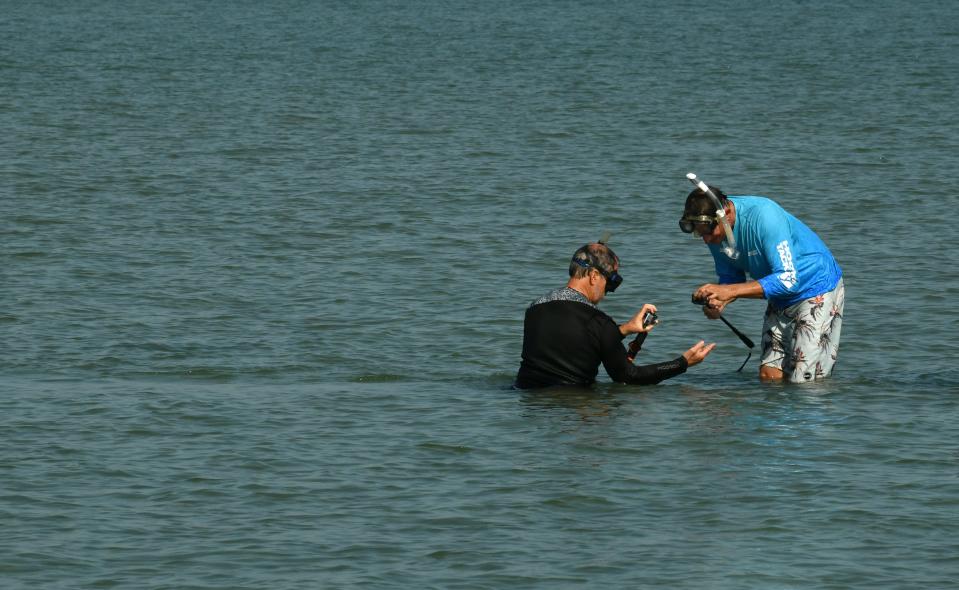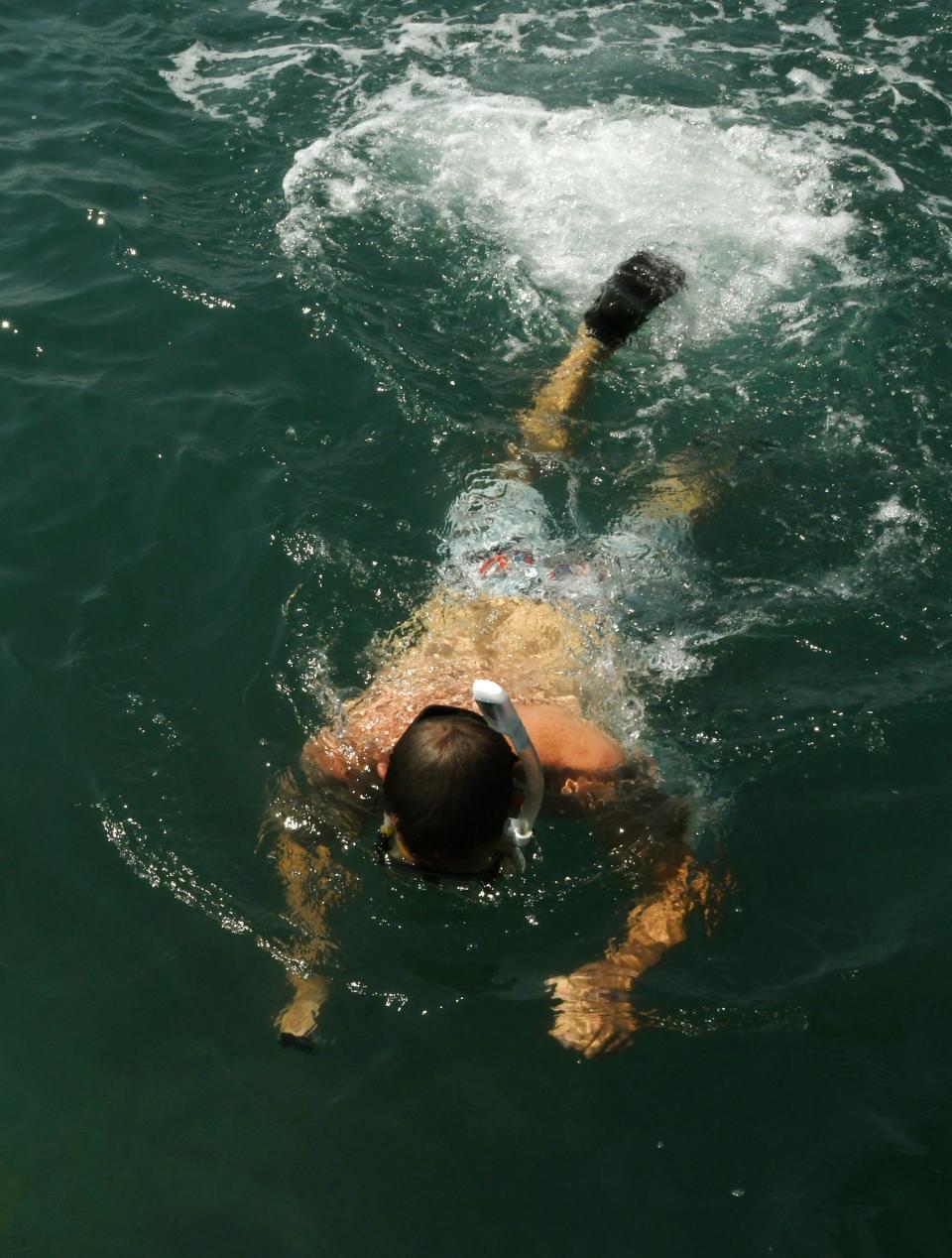Florida Institute of Technology given $1 million from State lawmakers for Indian River Lagoon
State lawmakers gave the Florida Institute of Technology $3 million, including nearly $1 million to create a temporary opening to the Indian River Lagoon so that more ocean water can flow into the estuary and possibly help clean it up.
The Florida Legislature gave $921,500 this month to pursue federal permitting for a lagoon "inflow" study of Port Canaveral, near Canaveral Locks. The hope is that if more ocean water can flow into the lagoon, the cleaner it will be.
Green shoots of hope for the Indian River Lagoon: Grass begins to grow back at Sebastian Inlet
Want a cleaner lagoon: Why not open Canaveral Lock?
"It's just to see the magnitude," FIT researcher Gary Zarillo said of the degree to which the project might improve water quality. "It's one small step."
The university will also receive $2 million in state money for its Biomedical Aerospace Manufacturing specialized equipment project.
The $921,500 will go for the Restore Lagoon Inflow temporary demonstration project’s U.S. Army Corps permitting and design engineering phase, which is actually phase III of the overall project. The third phase will support comparative research to include monitoring, and design of a temporary inflow system at the port permitted by the U.S. Army Corps reviewed by Florida Department of Environmental Protection.

FIT chose Port Canaveral as the temporary inflow demonstration system site " in part because of the lower cost and ease of access for a temporary demonstration system, as well as the existing exchange of seawater from port access at the locks," says a frequently asked questions page about the project on the FIT website.
"If a permanent inflow system is considered by policymakers in the future, a permanent installation site or sites along the lagoon system will need to be selected," it added.
Findings from phases I and II of the research and modeling efforts highlighted the potential for better ocean inflow to help stabilize the lagoon's water quality by flushing out the excess nutrients that can fuel harmful algae blooms.

The next step, the researchers say, is construction of the temporary, small-scale pumping system at the port to evaluate the impact of enhanced seawater exchange on water quality and cycling of nitrogen and phosphorus.
"For the longest time people have been talking about another inlet," said Jeff Eble, research assistant professor of ocean engineering and marine sciences at FIT. "It's a very intuitive response."
Eble said the concept FIT is looking into could improve oxygen levels in the sediment of the Banana River Lagoon, which also would reduce the phosphorus those sediments release into the water when the oxygen's low.
"We can improve the water quality in the Banana River, which has been a problem child for the lagoon," Eble said. "It's been exporting problems to the rest of the lagoon."
Eble and colleagues want to know if and to what degree small openings to the ocean might make big differences in the recovery of the Indian River Lagoon.
Zarillo has studied the concept of new inlets in the past, including leaving the locks open, hypothetical new tidal inlets, pumping stations and widening of Sebastian Inlet.

Past studies by FIT have shown that opening Canaveral Lock alone would do little to flush out the lagoon. But new tidal inlets and pumping stations linking the ocean across narrow stretches of the barrier island produced the best flushing results. That’s because the length of the channel between the port entrance and the Banana River dissipates tidal energy.
A narrow tidal inlet or pumping station in the southern Mosquito Lagoon would flush out Mosquito Lagoon and the northern Indian River Lagoon within 70 days or less, a 2015 study by Zarillo showed. A tidal inlet just north of Patrick Space Force Base would improve flushing of the Banana River, the study showed.
The state funding for the project was sponsored in the Florida House by Rep. Randy Fine, Rep. Thad Altman and former Rep. Rene Plasencia, and in the Florida Senate by Sen. Tom Wright and Sen. Debbie Mayfield.
Similar engineering efforts have improved water quality in New York, California, and internationally, according to an FIT writeup about the Brevard study. Since 1992, Destin Harbor pump site in Destin, Florida, also has used a similar concept to increase ocean water circulation to improve water quality and prevent fish kills. said new or wider inlets are not the panacea for curing the lagoon, however.
"This is just one component," he said.
Jim Waymer is an environment reporter at FLORIDA TODAY. Contact Waymer at 321-261-5903 or jwaymer@floridatoday.com. Or find him on Twitter: @JWayEnviro or on Facebook: www.facebook.com/jim.waymer
Support local journalism and local journalists like me. Visit floridatoday.com/subscribe
This article originally appeared on Florida Today: Indian River Lagoon gets $1 million boost from Florida lawmakers

